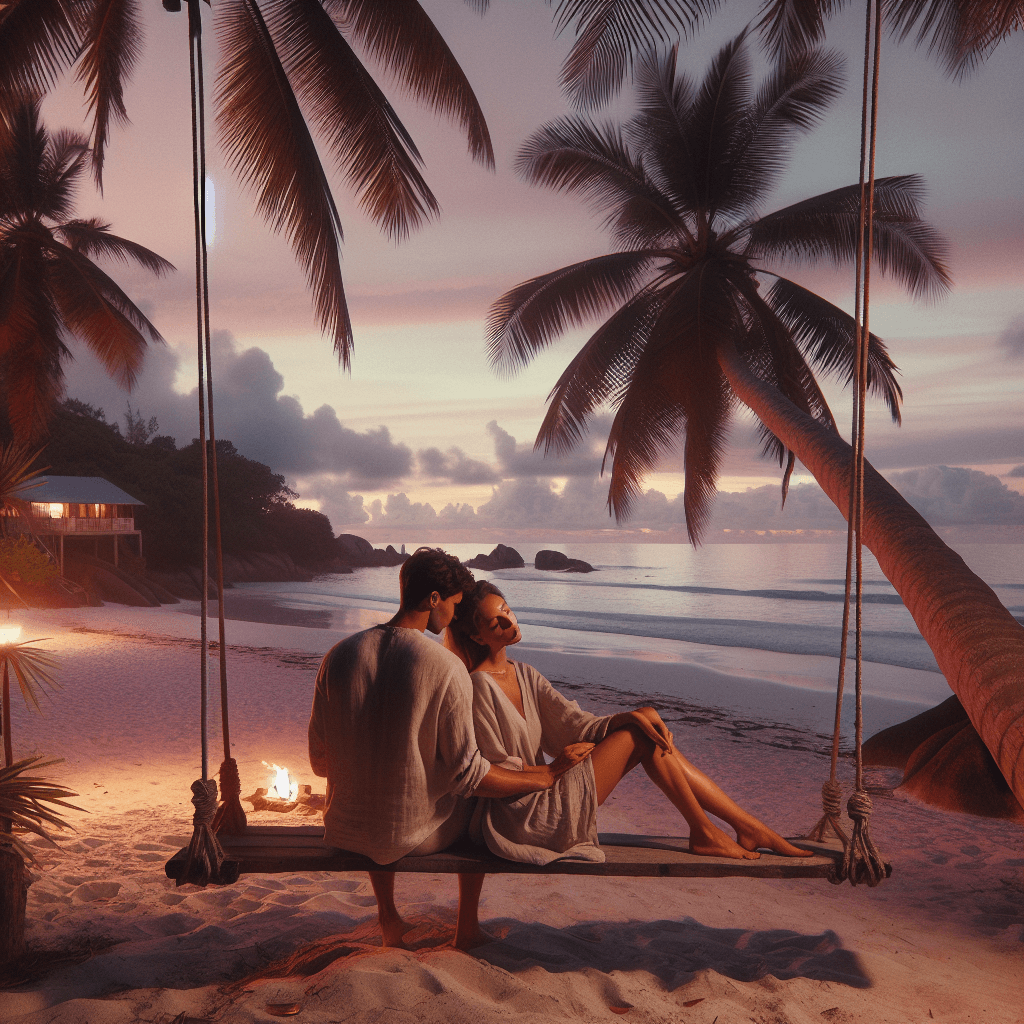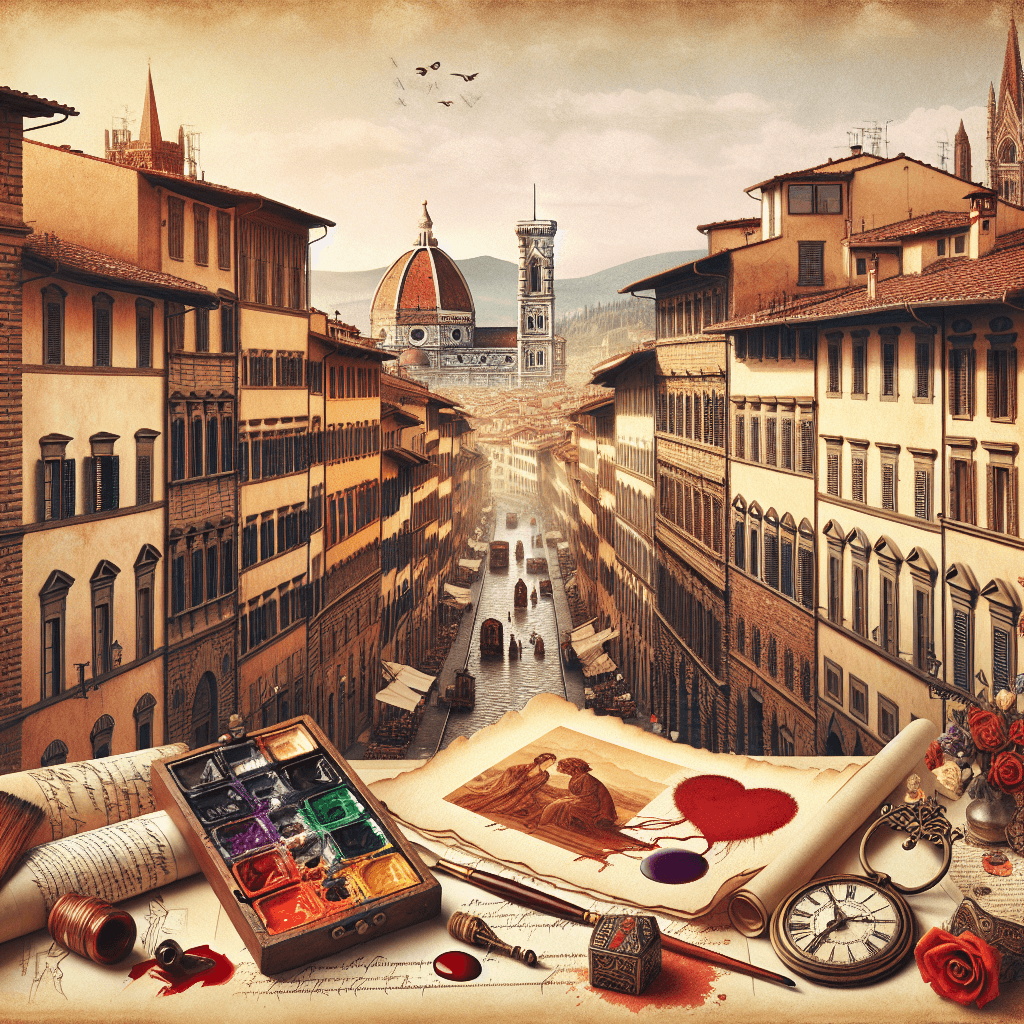Renkli Evler ve Salsa Ritmleri: A Cultural Symphony
In the vibrant world of music and architecture, "Renkli Evler ve Salsa Ritmleri" stands as a fascinating intersection where architectural beauty meets the infectious energy of salsa rhythms. This blend of colorful houses and dynamic dance finds its expression in various cities around the world, creating a unique cultural footprint that resonates with both locals and visitors alike. Let us delve into the exquisite interplay of these two art forms and explore how they continue to inspire and invigorate communities.
The Origin of Renkli Evler
The concept of "Renkli Evler" or "Colorful Houses" can be traced back to several cultural and historical roots around the world. Notable among these are the vibrant houses of Burano in Italy, the picturesque neighborhoods of La Boca in Buenos Aires, and the strikingly colorful facades of Valparaíso in Chile. These colorful abodes serve not only as shelters but as canvases for artistic expression, reflecting the personality and history of their locales.
The origins of these colorful settlements often relate to functionality as much as aesthetics. For instance, in Burano, the vivid color schemes were traditionally used to help fishermen navigate through the fog, while in La Boca, immigrants repurposed leftover ship paint to brighten their homes. Over time, these practical beginnings transformed into an essential cultural identity that attracts tourists and art enthusiasts globally.
The Rhythms of Salsa
Salsa, on the other hand, is a dance and musical style that originated from Cuban and Puerto Rican roots in New York during the mid-20th century. The intoxicating blend of Afro-Cuban rhythms with elements of jazz and other Latin American beats gave birth to this energetic music and dance form. Salsa is characterized by its lively and dynamic tempo, often incorporating instruments such as the clave, maracas, bongos, conga, and trumpets to create its signature sound.
The term "salsa" itself means sauce in Spanish, implying a "mixture" or "spicy" blend of different influences and styles. This multicultural amalgamation is precisely what makes salsa so universally appealing; it transcends borders and brings people together on the dance floor, igniting passion and a sense of community.
The Vibrant Fusion
The fusion of "Renkli Evler" and "Salsa Ritmleri" is an artistic and cultural celebration that transforms neighborhoods into living, breathing entities of art. Cities that have embraced this fusion are often marked by a unique vibrancy—houses painted in shades that range from pastel to bold, paired with the unmistakable sounds of salsa music that echo through the streets.
This fusion represents more than a mere aesthetic choice; it symbolizes resilience and joy amidst the challenges of urban life. In neighborhoods where colorful houses and salsa rhythms coexist, one can witness social cohesion as residents and visitors partake in community dance events and street festivals. These cultural gatherings not only foster a sense of belonging but also serve as platforms for local artists and musicians to showcase their talent.
The Impact on Community and Tourism
The charm of "Renkli Evler ve Salsa Ritmleri" has significant implications for both local communities and the tourism sector. At the community level, the integration of art and music fosters cultural pride and enhances the neighborhood’s visual appeal. This, in turn, can lead to increased property values and a collaborative spirit among residents working together to maintain their unique cultural identity.
For tourists, these vibrant neighborhoods offer an immersive cultural experience that extends beyond traditional sightseeing. Visitors are not only greeted with a visual spectacle of colors but are also invited to participate in salsa classes and local festivals, providing them with a deeper appreciation of the cultural tapestry.
Local businesses benefit significantly from this influx of tourists, as restaurants, cafes, and markets see increased patronage. The economic impact extends to local artisans and performers, who find a ready audience for their work, thereby supporting sustainable economic development.
Challenges and Preservation
Despite the allure of "Renkli Evler ve Salsa Ritmleri," there are challenges to preserving these cultural treasures. Urbanization, gentrification, and environmental factors pose significant threats to the existing landscapes. As more people are drawn to these vibrant neighborhoods, there is the risk of cultural dilution and loss of authenticity.
To combat these challenges, municipalities and community organizations must prioritize conservation efforts. This includes implementing policies that protect historical landmarks and provide incentives for maintaining traditional aesthetic practices. Additionally, there is a need for programs that support local artists and musicians, ensuring that cultural expressions remain vibrant and accessible.
FAQs: Renkli Evler ve Salsa Ritmleri
Q1: What cities are known for their integration of colorful houses and salsa rhythms?
A1: Cities such as La Boca in Buenos Aires, Burano in Italy, and certain neighborhoods in Havana, Cuba, are renowned for their colorful houses and vibrant salsa culture. These areas attract tourists for their unique cultural blend and lively atmospheres.
Q2: How did salsa music influence global culture?
A2: Salsa music has had a significant influence on global culture by promoting cultural exchange and unity. Its infectious rhythms and dance moves have spread worldwide, leading to salsa classes, festivals, and dance clubs in numerous countries, further popularizing Latin American culture.
Q3: What are some challenges in preserving colorful neighborhoods?
A3: Challenges include urbanization pressures, gentrification, and environmental degradation. These factors can lead to the loss of cultural identity and displacement of local communities. Efforts to preserve these areas involve conservation policies and support for local traditions and arts.
Q4: How do colorful houses benefit local communities?
A4: Colorful houses benefit local communities by enhancing neighborhood aesthetics, fostering cultural pride, and boosting tourism. Increased tourism can lead to economic benefits for local businesses and artisans, promoting sustainable development.
Q5: Can tourists participate in salsa activities in these neighborhoods?
A5: Yes, tourists are often encouraged to engage in local salsa activities, such as dance classes and festivals. These experiences provide visitors with a deeper understanding of the local culture and an opportunity to immerse themselves in the lively spirit of the community.
The fusion of Renkli Evler ve Salsa Ritmleri exemplifies the harmonious blend of art and music, offering a vibrant testament to the enduring power of cultural expression. Whether one is caught in the mesmerizing hues of a colorful street or swept away by the rhythms of salsa, the experience is one of pure joy and cultural connection.









